On June 27-30, The Frontier NCPSS Series – The 1stBioSAXS Forum and 2016 Summer School of Structural Biology was successfully held in the Haike Road campus of National Center for Protein Science·Shanghai (NCPSS). This was an inaugural conference and the overall goal of the forum was to expand the biological macromolecule small-angle X-ray scattering (BioSAXS) communities in China. The success of holding this event proved the scientific strengths and distinctive of NCPSS in the realm of structural biology, facilitated discussions about international collaborative research and enhanced the training of future generations of solution BioSAXS researchers.
With recent advances in data analysisalgorithms, X-ray detectors and synchrotron sources, small-angle X-ray scattering (SAXS) has become much more accessible to the structural biology community. It can provide a wealth of structural information on biomolecules in solution and is compatible with a wide range of experimental conditions. Although limited by resolution ( ~10-50 angstrom d-spacing), SAXS is not limited tobiomolecules of a certain size. In this sense, SAXS can offer unique insight into functionally important conformational changes of various biomolecules, including complex formation, interconversions of multiple allosteric states, movements of flexible domains and macromolecular folding-unfolding process. Furthermore, such changes can be studied as a function of solution condition (eg., ligand concentration, temperature, pressure) or even time. The versatility of SAXS makes it a powerful complementary technique expecially when high-resolution information is available from other methods. SAXS is thus an attractive alternative when crystallography, NMR and Cryo-EM are not possible.
The conference organizing committee is composed by Prof. Ming Lei, Prof. Rongguang Zhang, and Prof. Jianping Ding, NCPSS, SIBCB, SIBS, CAS, China. The committee invited 12 world’s top experts from USA, Germany, France and China who have great contributions to their specific field of interest over years to present their exciting up-to-date researches. More than 100 researchers and graduate students from academia and pharmaceutical industries attended the conference.
This conference is consisted of two parts, scientific lectures and hands-on practice at synchrotron facility based BioSAXS beamline BL19U2 with ATSAS data analyzing software tutorial.
In the scientific lectures part, the invited speakers systematically presented the basics of SAXS, BioSAXS sample preparation requirements, versatileBioSAXS sample environments, popular SAXS data analyzing softwares and recent successful SAXS applicationsin field of biology. The participants had active discussions with the experts about possible SAXS applications in membrane proteinstructural characterization, large biomolecule complexes structural representation and the combination application of SAXS with NMR & MXto characterize large protein assemblies.
In the hands-on practice part, Prof. Alexey Kikhney from the BioSAXS group of European Molecular Biology Laboratory, Hamburg, Germany, has given a vivid demonstration on the function and operation of their self-developed ATSASdata analyzing software. The participants were also assigned beam time from BL19U2 BioSAXS beamline located in Shanghai Synchrotron Radiation Facility (SSRF) to measure their own samples of interests. This conference provide an open discussion opportunity for participants, the high-levellectures and sophisticatedtutorial would definitely improve the quality of BioSAXS community in China, and expand the possibleBioSAXS applications in structural biology.
The beamline BL19U2 is located in Shanghai Synchrotron Radiation Facility (SSRF). As the first biological material dedicated SAXS beamline, the electrons come from undulator which could provide high brilliance for BL19U2 end-stations.A double flat silicon crystal (111) monochromator is used in BL19U2 with a tunable monochromatic photon energy ranging from 7 to 15 keV.To meet the rapidly growing demands from crystallographers, biochemists and structural biologists, theBioSAXS beamline allows manual and automatic sample loading/unloading. The Pilatus 1M detector (Dectris) is mounted for data collection characterized with a high dynamic range and a short readout time. The highly automated data processing pipeline SASFLOW was integrated in BL19U2 with the help from the BioSAXS group in European Molecular Biology Laboratory (EMBL, Hamburg), which provides user-friendly interface for data processing. The BL19U2 beamline was officially open to users on March, 2015. Till now, feedback from users is positive and the number of experimental proposals at BL19U2 isincreasing.Results collected in BL19U2 BioSAXS beamline have been published in world’s famous scientific journals, such as 《Nature Communication》and 《Nucleic Acid Research》.
The theme of this forum was in line with the vision of NCPSS. The success of the 1stBioSAXS forum achieved a high academic level which demonstrated the advanced research facility and strong research focus of the first biological macromolecule solution SAXS beamline in China. We would take this opportunity to set the stage for BioSAXS facility to take the lead in using novel BioSAXStechnology and seek more collaboration opportunities both within NCPSS and throughout the diverse research community.
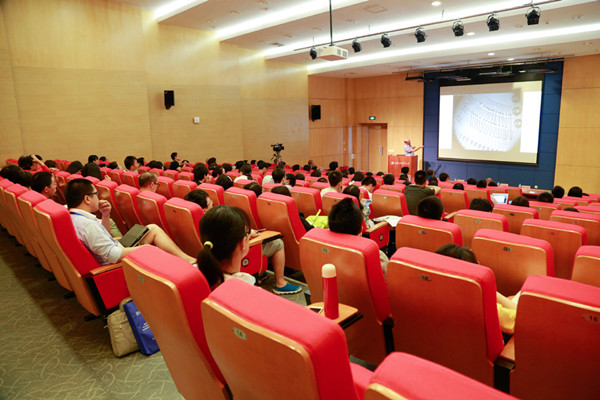
Meeting Place
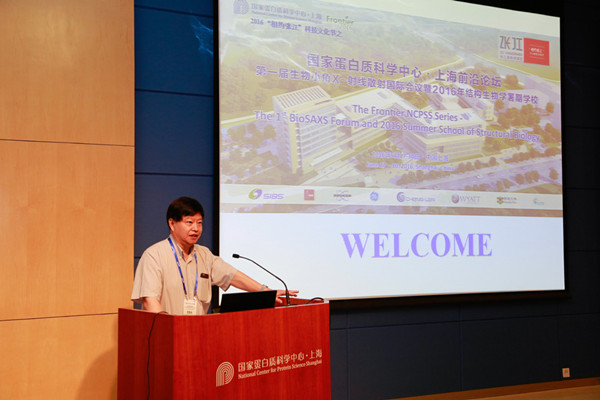
Rongguang Zhang addressed at the beginning of the conference.
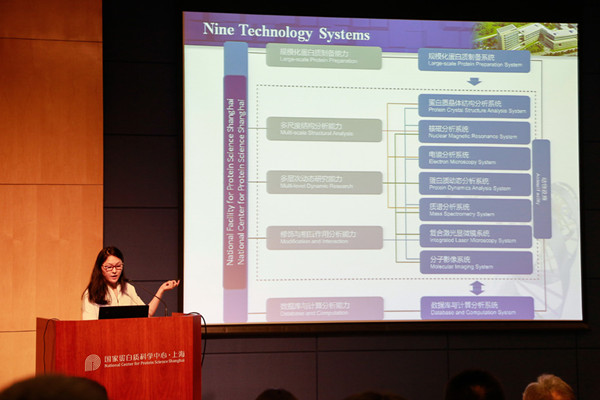
Catherine Wong introduced NCPSS.
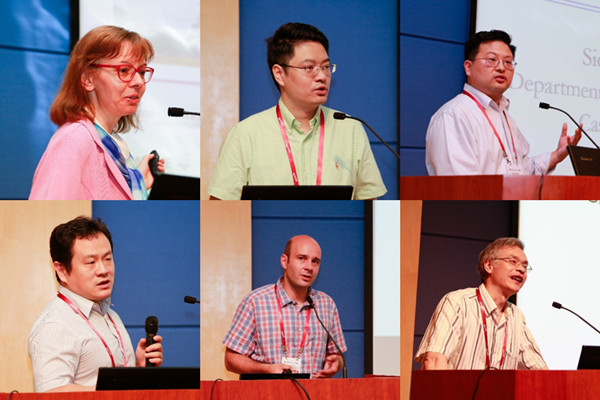
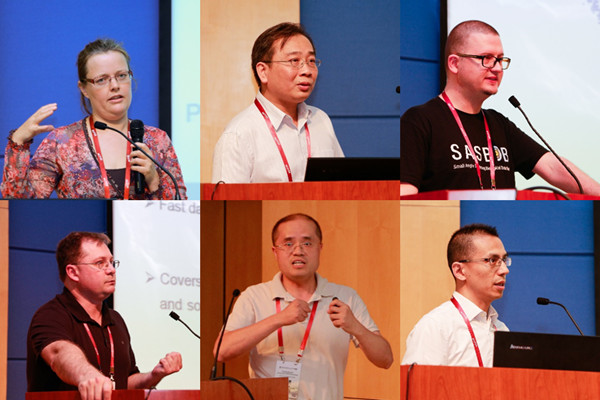
Invited Speakers
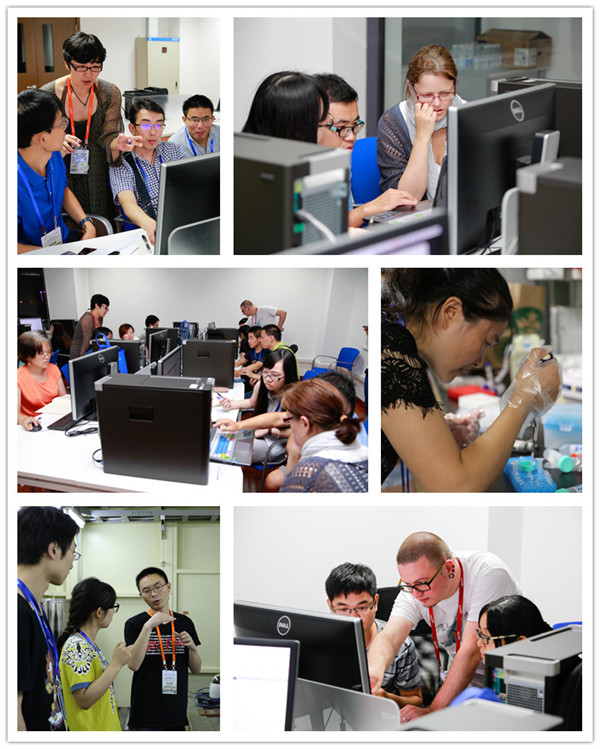
Summer School
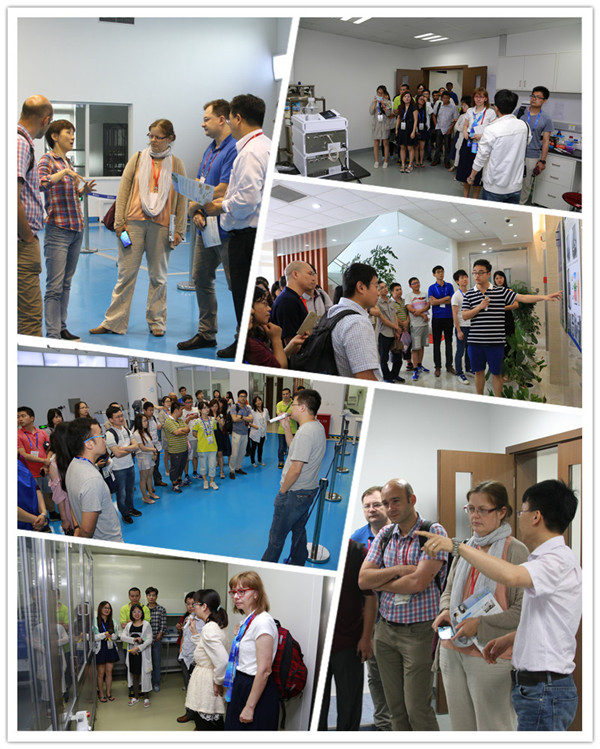
Tour at NCPSS
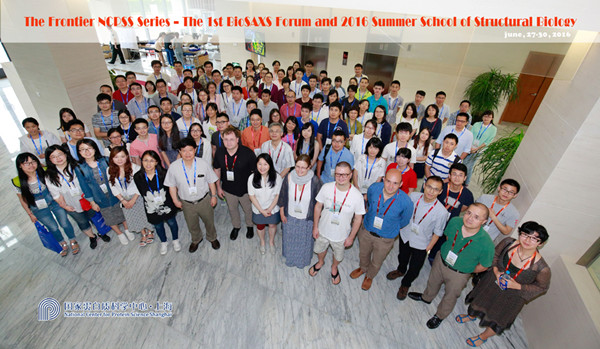
Group Photo
 Appendix:
Appendix: